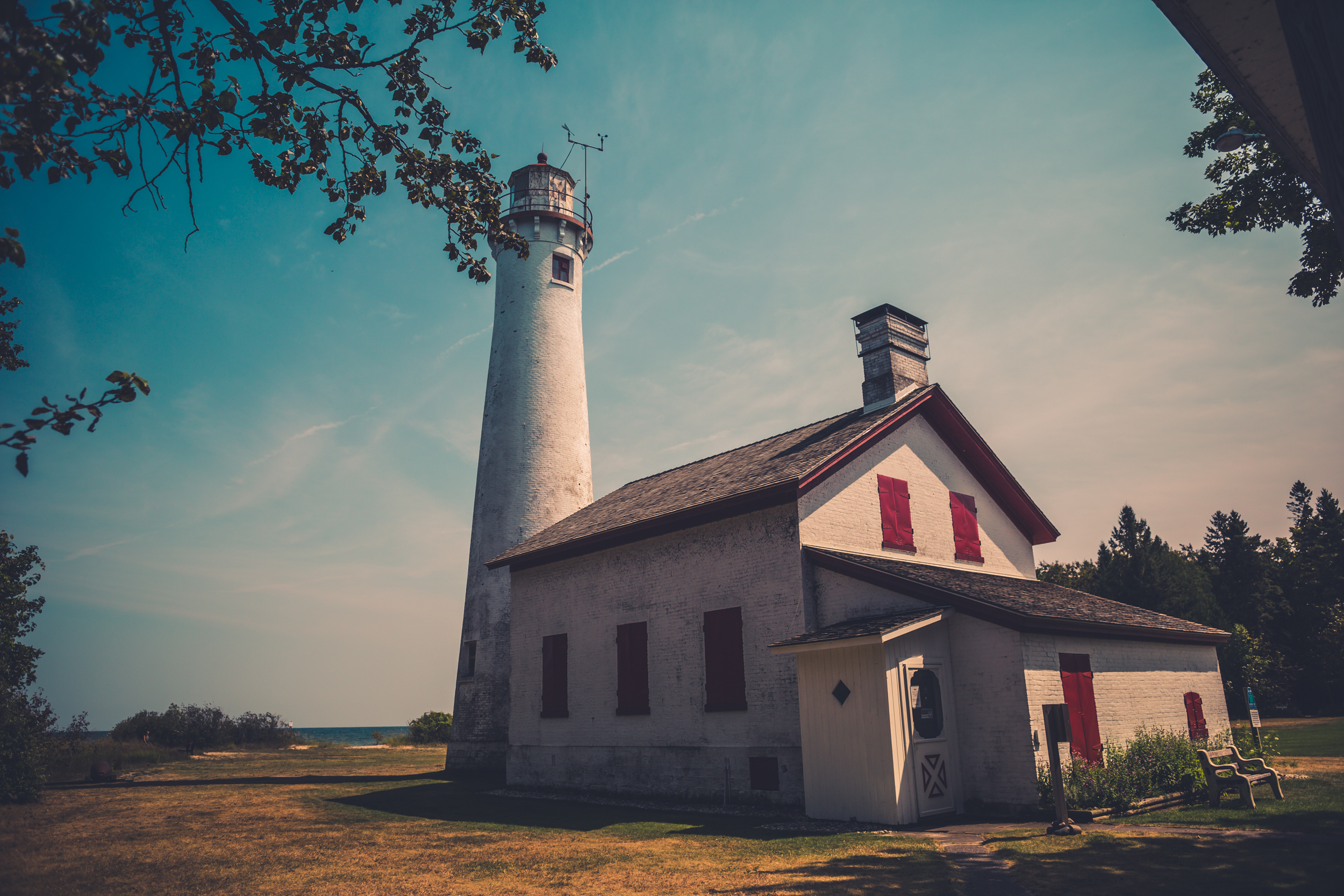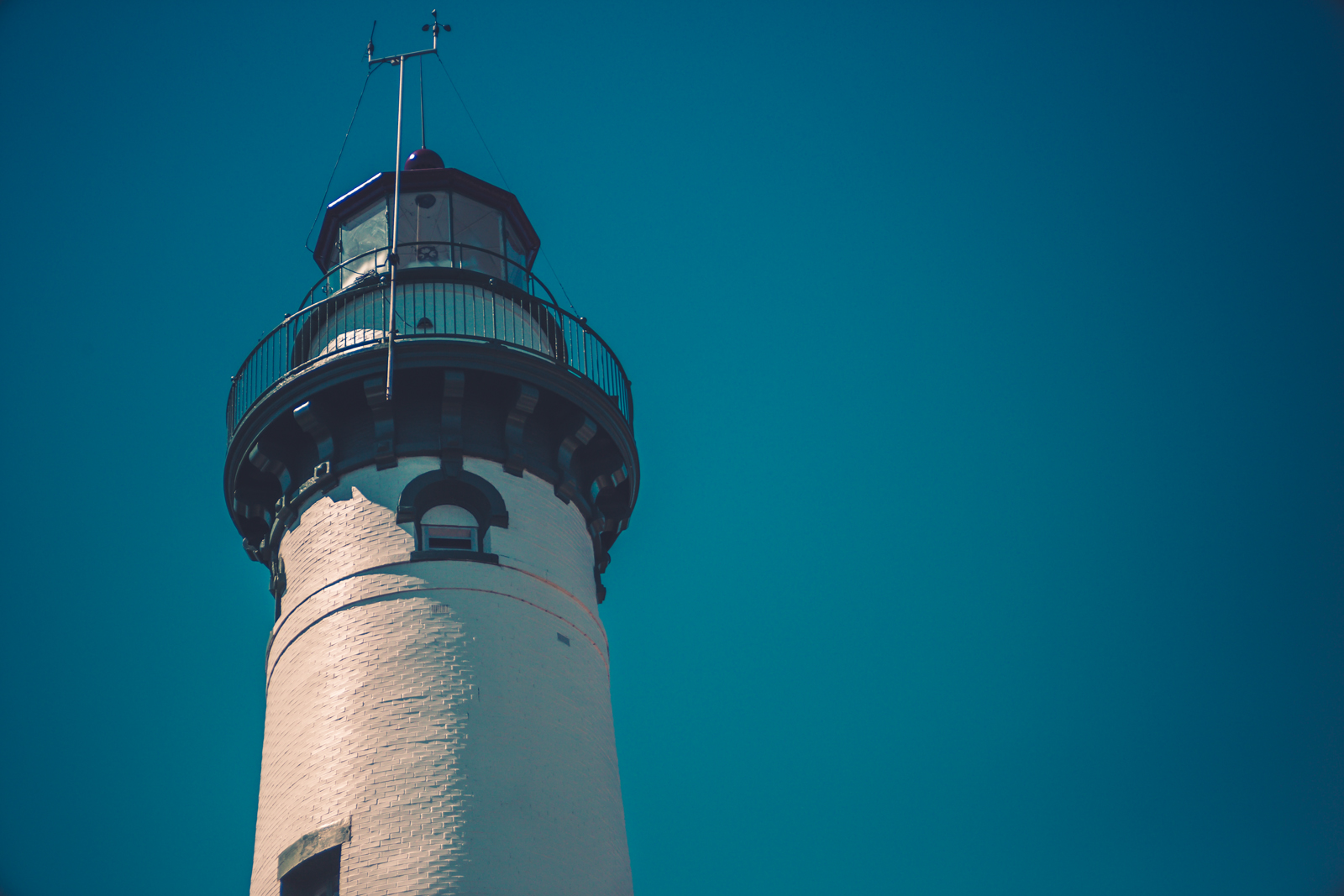
Lux Aeterna
Lux Aeterna is one part unashamed, self-indulgent desire to travel the upper quadrant of the United States (and the lower quadrant of Canada). But it’s also an exploration of the emotional life of inanimate objects. Lighthouses are oft-romanticized, purpose-built structures. The people who manned them often did so in near-solitude, in treacherous conditions, in less-than-hospitable locations. These people relied on the light for shelter, for their livelihood, the surrounding land for their sustenance, and the light likewise relied on its keeper for maintenance, to keep the sea out of its bricks and concrete, to keep the wicks trimmed and the lamps lit. Much like the story of the Velveteen Rabbit, when something is exposed to that much care and love and human life, it begins to take on a Life all its own.
What, then, happens to the abandoned, derelict lights in open water? The places people no longer maintain, or even visit? Overgrown and crumbling on the shore of distant northern lakes? The places left to keep their solitary watch alone, until Entropy comes to claim them? What happens to these places in an era that no longer needs them? When GPS, sonar and radar render them obsolete? What happens when the eternal watch becomes an impotent observer, with no one to alert to danger, no one to muster to safety?
And why do we choose some to save, to lovingly restore, while so many others wither silently?
















